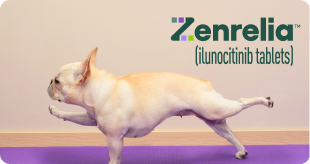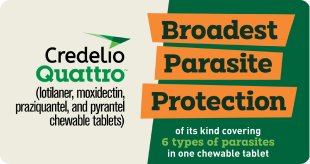Cushing’s disease is very common in older horses, affecting as many as 21% of those over 15. Starting at about 9 years of age you may want to be on the lookout for common symptoms to ensure that your horse gets an early diagnosis. Though the disease is incurable, the symptoms can be managed so your horse can enjoy many more healthy years of riding.
What Are The Signs Of Cushing’s Disease In Horses?
Equine Cushing’s Disease, also known as pars intermedia dysfunction (PID), is caused by a tumor that develops on the pituitary gland that causes the body to secrete excessive amounts of hormones, especially cortisol.
One of the most characteristic signs of Cushing’s disease is a long, curly coat. Shedding of their winter coat may be delayed or may not happen at all, leaving them with a coat that’s long and shaggy. However, not all horses with Cushing’s Disease will have a long coat.
Weight loss and a loss of muscle tone are common in horses with Cushing’s Disease. Loss of back muscle can result in a pot-bellied or swayback appearance.
It’s common to see fatty deposits in unusual areas such as the base of the tail and crest of the neck.
Excessive water drinking and resulting increased urination are also common symptoms.
Cushing’s disease can also affect your horse’s immune system, making them more susceptible to infection.
Increased susceptibility to laminitis is another common sign of Cushing’s as the condition is linked to insulin resistance.
What’s The Best Time To Test For Cushing’s Disease In Horses?
For horses with all classic signs of Cushing’s Disease (long, curly coat, increased thirst, increased urination), blood tests may not be necessary for your veterinarian to form a diagnosis.
But for horses with less obvious signs it can be tricky to diagnose.
Horses with Cushing’s disease tend to have elevated blood levels of adrenocorticotropic hormone (ACTH). One way for vets to test for it is to check ACTH levels, but it’s actually not uncommon for horses without Cushing’s to produce more ACTH from late summer to fall. So, you may want to avoid testing from August to October to lower the chances of receiving a false positive result.
If your veterinarian does not recommend ACTH testing based on the time of year it’s still a good idea to do bloodwork and insulin testing to check-in on your horse’s overall health. This is a good way to rule out other underlying causes and to monitor insulin resistance so you can take steps to prevent laminitis.




































